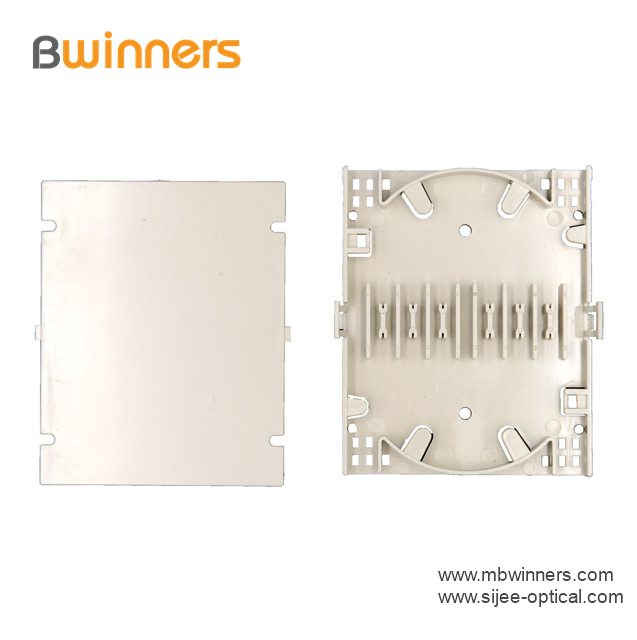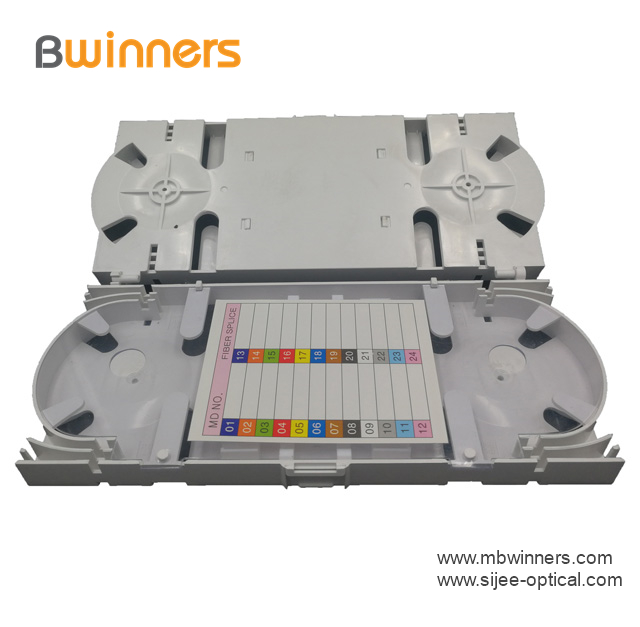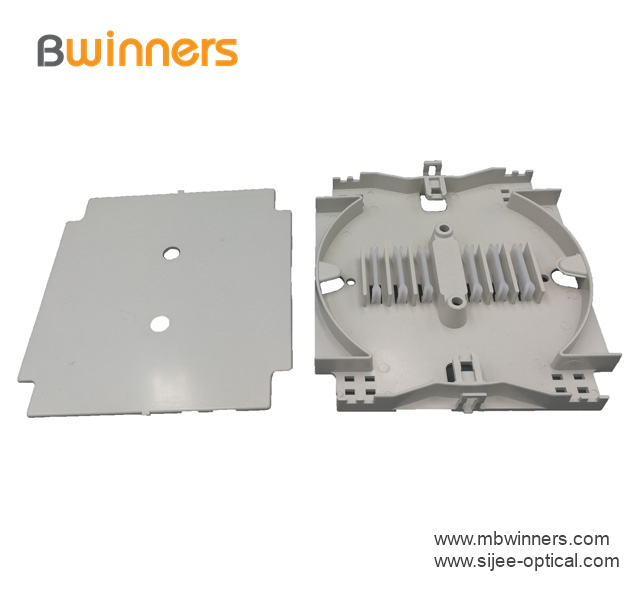What is an overhead cable? Many people are confused. What is the difference between the overhead cable and the ordinary power cable? When is the overhead cable used? Let's take a look at it with Xiaobian.
Definition of overhead cable
Overhead cable (full name overhead insulated cable) is an overhead conductor with insulation layer and protective sheath. It is a special cable manufactured similarly to the cross-linked cable production process. It is a new transmission between overhead conductor and underground cable. the way. The overhead cable is a kind of cable construction method of hanging the cable rack on a pole with a certain height from the ground. Compared with the underground cable, although it is more susceptible to external influences, it is not safe and not beautiful, but it is easy to set up and has low construction cost. Therefore, it is far away from the game, the number of users is small and the change is large, and the place where the underground cable is difficult to be used is still widely used. The overhead cables are single-core, and can be divided into hard aluminum wire structure, hard-drawn copper wire structure, aluminum alloy wire structure, steel core or aluminum alloy core support structure and self-supporting three-core structure according to their different structures. The core may be a hard aluminum or a hard copper wire or the like. It has the main features of high power supply reliability, good power supply safety, convenient erection and maintenance, and reasonable economy. The main technical parameters include weather resistance, insulation level, and inner and outer semi-conductive shielding layers.
The difference between overhead cable and power cable
The power cable is a cable with a high-quality insulating material and a variety of protective layers. Its main function is the same as overhead cables, which transmit and distribute large amounts of electrical energy in the power system. The difference with overhead lines is that power cables can be laid in a variety of environments, safely concealed, free from external climate changes, and can be less maintenance and durable (generally required for more than 40 years). However, the structure of the power cable is relatively complicated, the manufacturing process is many, and the product price is several times higher than that of the overhead wire; therefore, it is generally applied to occasions where it is not suitable for the use of overhead lines, such as the power transmission and distribution lines in the city and the power introduction of industrial and mining enterprises. In the main power line of the plant; and across the river and railway station yards, through underground tunnels. In fact, the power line is composed of overhead wires and power cables. The overhead wires are focused on the transmission, transformation and distribution parts of the power supply, while the power cables are used for power distribution and power terminals. Therefore, the production of medium and low voltage power cables The amount accounts for more than 98%.
FTTH Fiber Optic Splice Tray is designed to provide a place to store the fiber cables and splices and prevent them from becoming damaged or being misplaced. It is also called a splice enclosure or splice organizer. This device does not contain any technical functions, and the design is simple. Also, Fiber Optic Tray has a very low price for people to afford. However, the importance of fiber splice tray for protecting fibers is significant. And the skills needed for using a fiber splice tray is not as simple as you think.
Made by industrial high-quality ABS plastic, Fiber Optic Cable Tray is provided to place the fiber splice points and pre-terminated for fiber connectivity. The splice tray expands fiber splice capabilities as well as provides the splicing location for fiber optic cables. It can be put into the fiber distribution frame, fiber splice closure, optic terminal box, etc. Sijee offers different shapes of fiber splice tray with or without termination function. Fiber Optic Tray, Fusion Splice Box, Fiber Optic Cable Tray, Splice Tray Optic Fiber are available.
Applications:
Fiber splice trays are usually placed in the middle of a route where cables are required to be joined or at the termination and patch panel points at the end of the cable runs. Also, splices can be placed in a splice tray which is then placed inside a splice closure for OSP (outside plant) installations or a patch panel box for premises applications. As for indoor application, fiber splice trays are often integrated into patch panels to provide for connections to the fibers.



Fiber Optic Tray,Fusion Splice Box,Fiber Optic Cable Tray,Splice Tray Optic Fiber
Sijee Optical Communication Technology Co.,Ltd , https://www.sijee-optical.com